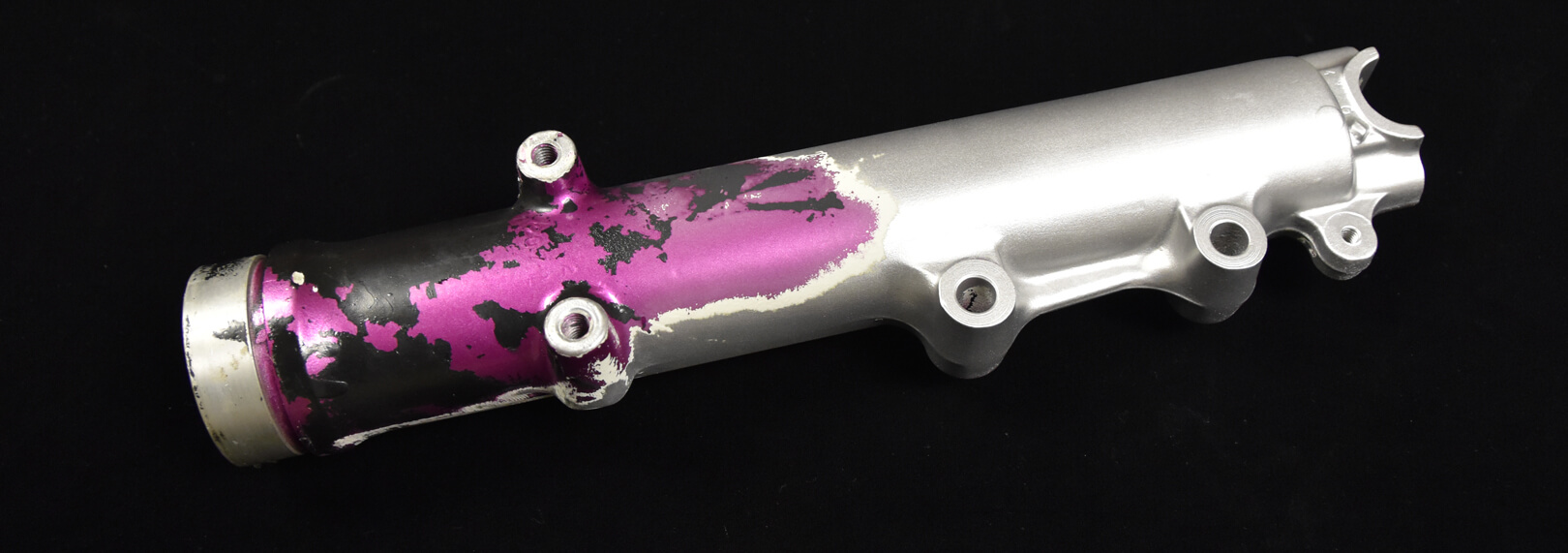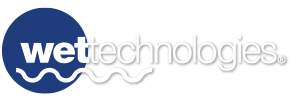From cookies to cleaning to health benefits, the versatility of baking soda makes it a powerful substance beyond the kitchen. In fact, after realizing sand was too abrasive, engineers even used it to safely and effectively restore the Statue of Liberty. Today, it remains a popular choice for cleaning a variety of surfaces, including engine parts.
What Is Soda Blasting?
Soda blasting is a type of abrasive blasting that uses sodium bicarbonate (commonly known as baking soda) to clean, strip paint or coatings, remove oil, and more. The baking soda blasts uses pressurized air or water, gently but effectively removing the coating or contaminant.
Although soda blasting involves a baking soda-based blasting media, manufacturers use an industrial formulation, designed with the right amount of grit and non-clumping additives, as opposed to the kind currently in your pantry.
Soda Blasting Uses and Applications
Cleaners and manufacturers use soda blasting for a variety of situations and surfaces, including but not limited to:
- Cleaning metal, wood, stone, plastics, and delicate materials
- Removing oil
- Removing rust
- Removing dirt, grime, and soot
- Removing graffiti
- Stripping paint, including lead paint
- Stripping protective coatings
- Remanufacturing automotive equipment
- Cleaning automotive equipment
- Cleaning boating equipment
- Cleaning aviation parts and equipment
- Cleaning aerospace parts and equipment
- Cleaning medical devices and implants
- Maintaining industrial equipment and tools
Wet Soda Blasting vs. Dry Soda Blasting
Dry soda blasting uses compressed air to propel the soda blasting media against the surface. Although effective, dry soda blasting can leave behind dust and other residue that will need to be cleaned both from the part that’s being blasted and the area around it. Operators doing dry soda blasting must wear personal protective equipment, and the soda blasting media gets just one use when dry.
Wet soda blasting, however, uses a mixture of soda blasting media and water, called a slurry. Operators use soda blasting equipment to blast the slurry mixture onto a surface in a closed loop cabinet, removing contaminants and containing the resulting particles and residue within the liquid. In wet soda blasting, the water works with the soda blasting media to help loosen and remove dirt and paint, making it more efficient. The slurry can also cycle several times within the closed loop system before the baking soda dissolves.
Clean Your Surfaces Safely and Naturally with Wet Soda Blasting
Could your project benefit from wet soda blasting? Our team can help you safely restore your surfaces while preserving what’s underneath with state-of-the-art Wet Technologies wet soda blasting equipment. Give us a call with any questions or to start your next project.
Sources:
https://www.enginebuildermag.com/2021/10/soda-blasting-just-ask-the-statue-of-liberty/
https://www.natrium.com/what-is-soda-blasting/
https://www.pfonline.com/articles/soda-blast-cleaning-growing-into-a-big-industry
Benefits of Wet Soda Blasting
Because of the gentle, less abrasive nature of the baking soda media, especially when mixed with water, many industries find wet soda blasting to be an ideal method for cleaning, degreasing, stripping paint, and other uses. It measures at a 2.5 out of 10 on Mohs scale of hardness (compared to sand media’s 6 or 7), meaning it’s strong enough to remove contaminants without harming the surface underneath.

Another scientific property that sets baking soda apart is its friability. A friable substance breaks down easily, allowing it to rinse away entirely. This means baking soda can clean tight spaces without leaving media embedded in the surface, making soda blasting both efficient and effective for cleaning engine parts and other materials.
The non-toxicity and overall safety of baking soda can lead manufacturers to choose soda blasting over other forms of cleaners and solvents as well. Unlike hazardous chemicals often used to clean parts or remove coatings such as paint, operators don’t need to take special precautions to protect themselves during the process. Soda blasting eliminates the need to follow strict regulations for proper disposal of hazardous chemicals after completing the job. Industrial personnel and environmentalists alike favor baking soda as a safe alternative to these noxious, expensive, outdated methods.








